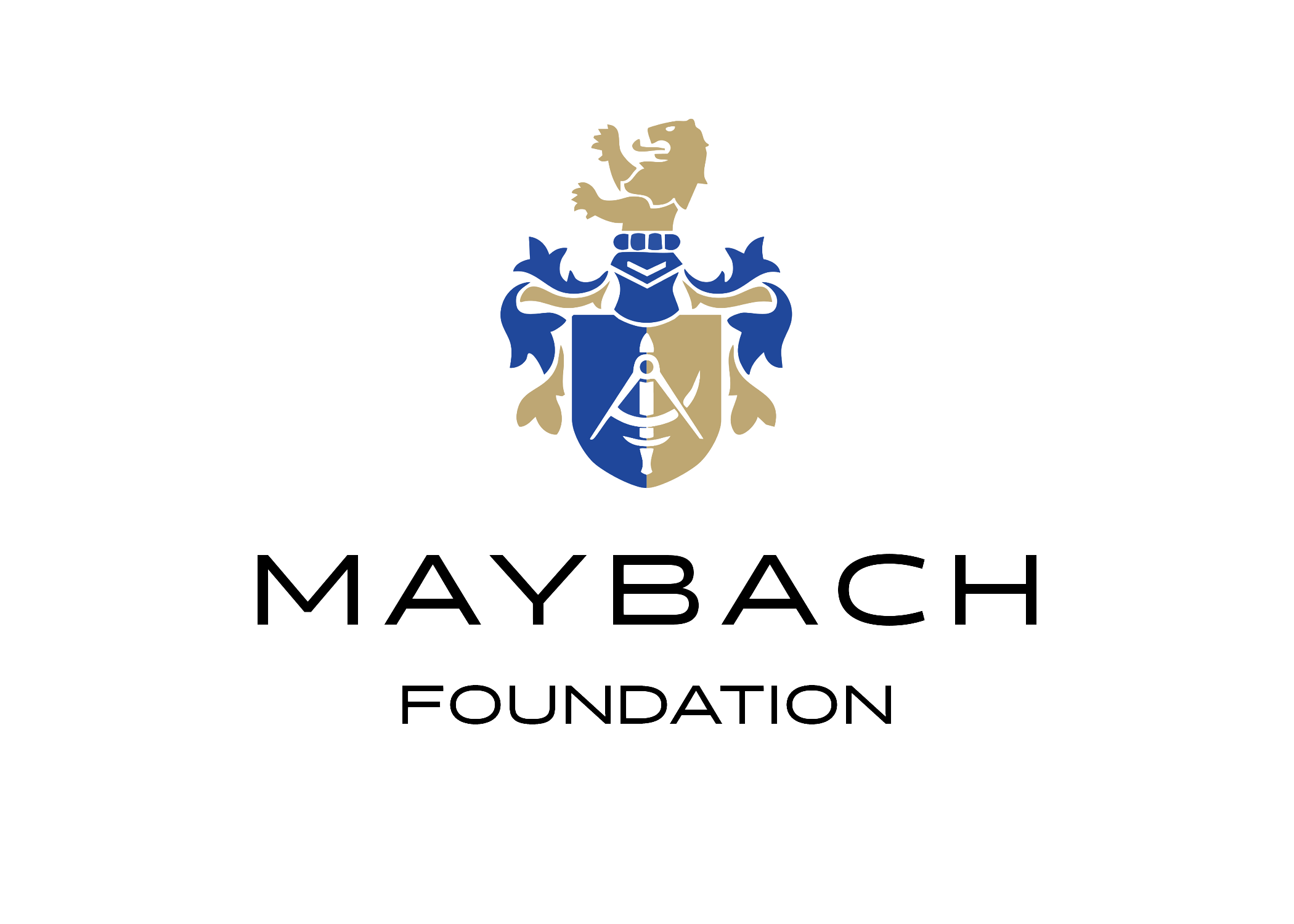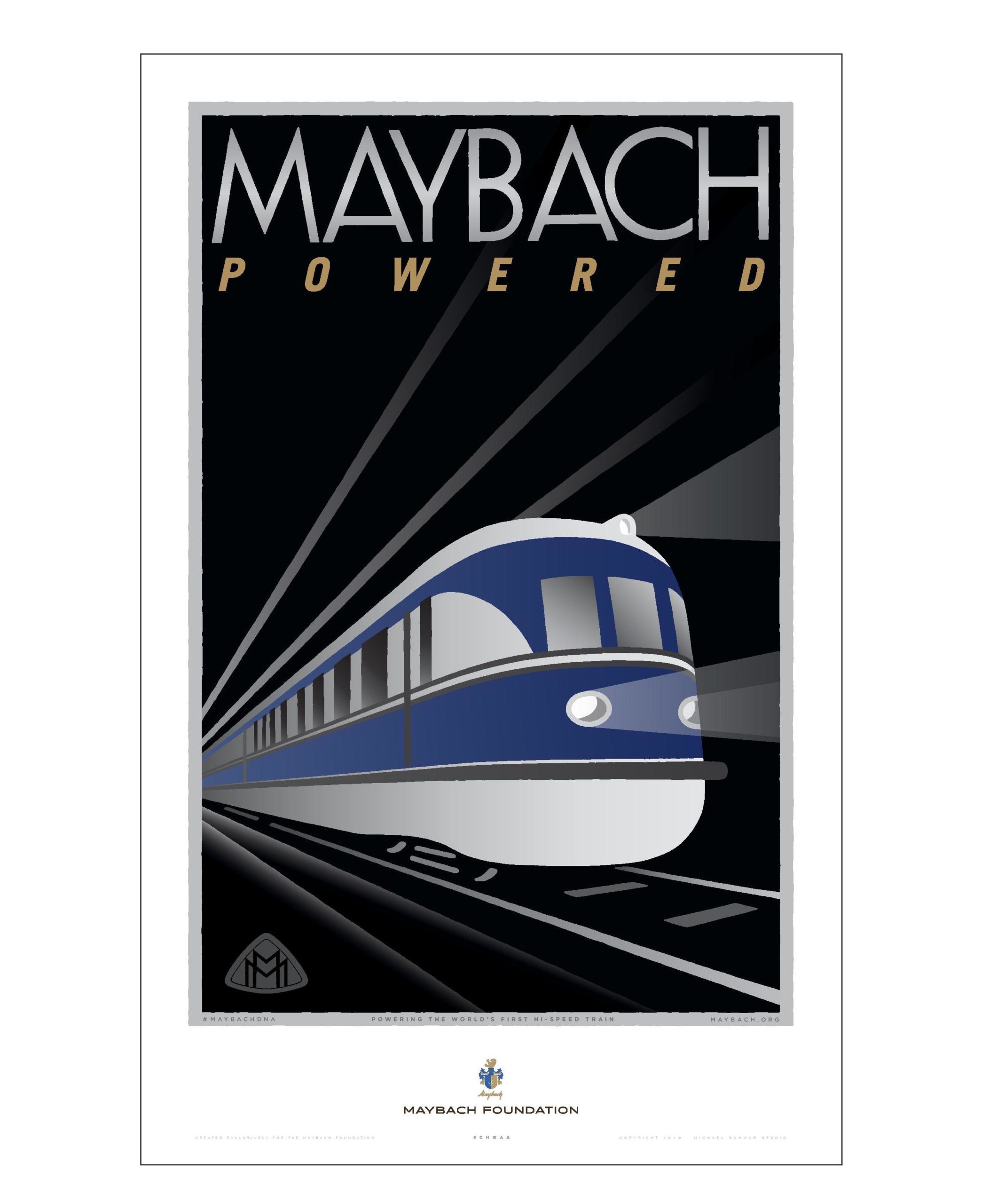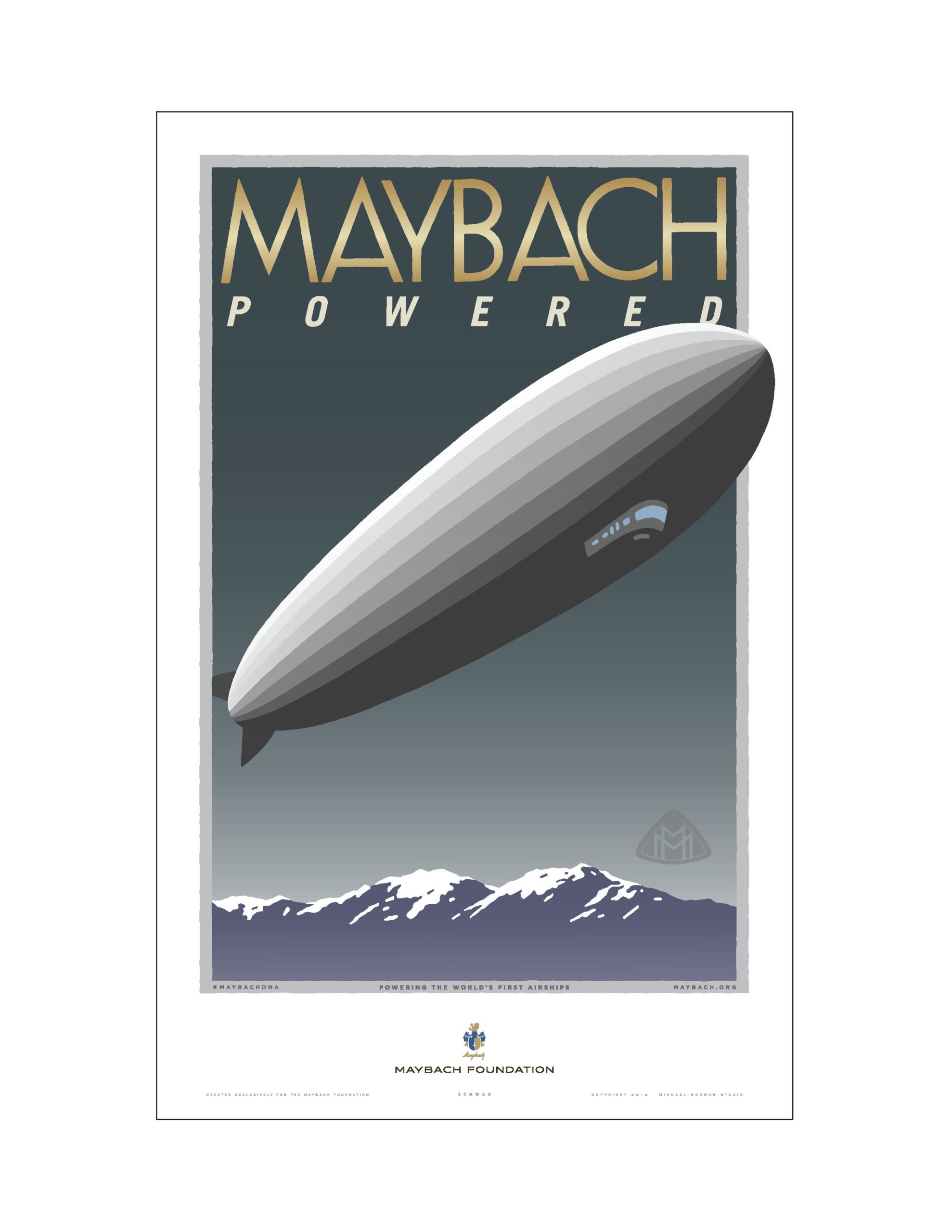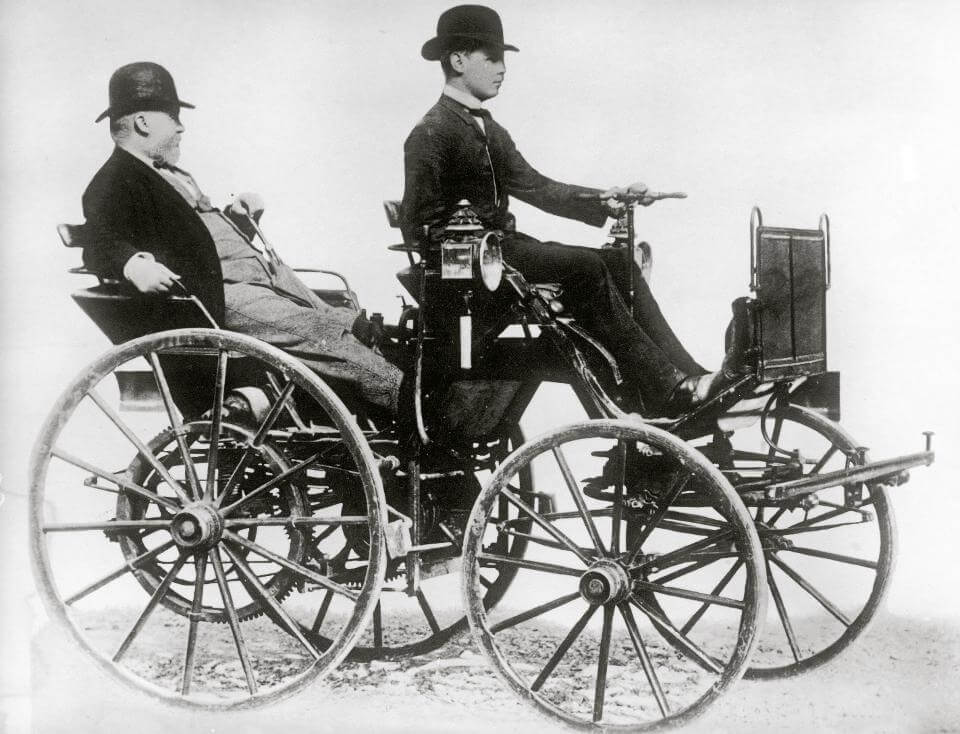“The Zeppelin” encapsulates the interwovenness of advances in aerial propulsion and Maybach engineering heritage.
This chapter of Maybach history starts when one of Wilhelm’s early constructions is used to propel the “LZ 1”, the first-ever airship prototype developed by Count Zeppelin (1899). Shortly after, however, Wilhelm Maybach decides to leave the Daimler company leading to him being banned from working on the project. His son Karl, who had already profited from a very good education and the mentoring received from his father, on the other hand, worked on the development of a car engine for the French Count La Valette. This engine, which was meant to be powerful, smooth-running, and reliable was the perfect product to offer to Count Zeppelin who at the time was searching desperately for a more reliable propulsion system for his airships.
In 1909, the coöperation between Maybach and Zeppelin, which proved to be highly successful over the years to come, officially kicked off. Over the course of the years, Maybach engines were frequently used in airships and airplanes until the production of aerial propulsion solutions comes to a halt at the end of WWI.
Contrary to what one might assume, these restrictions do not lead to the end of this chapter in Maybach engineering. Instead, they lay the base for the golden era of airships, which is launched by the LZ 127 ‘Graf Zeppelin’ in 1928. At this point, the association with the Zeppelin airships has become an integral part of the Maybach Motorenbau („Maybach Engine Company“) brand image.
The interconnectivity of Maybach and Zeppelin is also reflected in other areas, for example, the Maybach high-end car model featuring a 12-cylinder engine, later dubbed the “Maybach Zeppelin”, as well as the Maybach DS7 & DS8 which would also feature “Zeppelin” as part of their classification.
